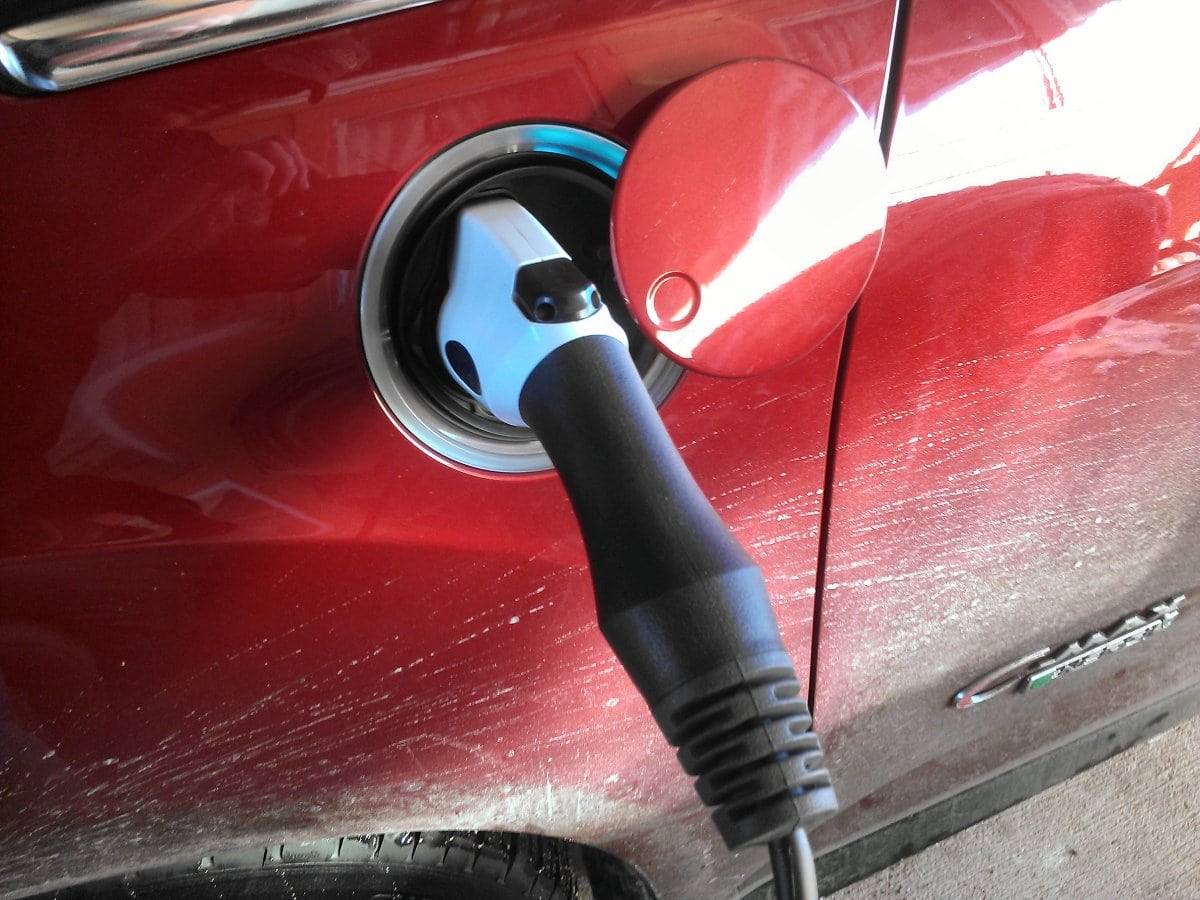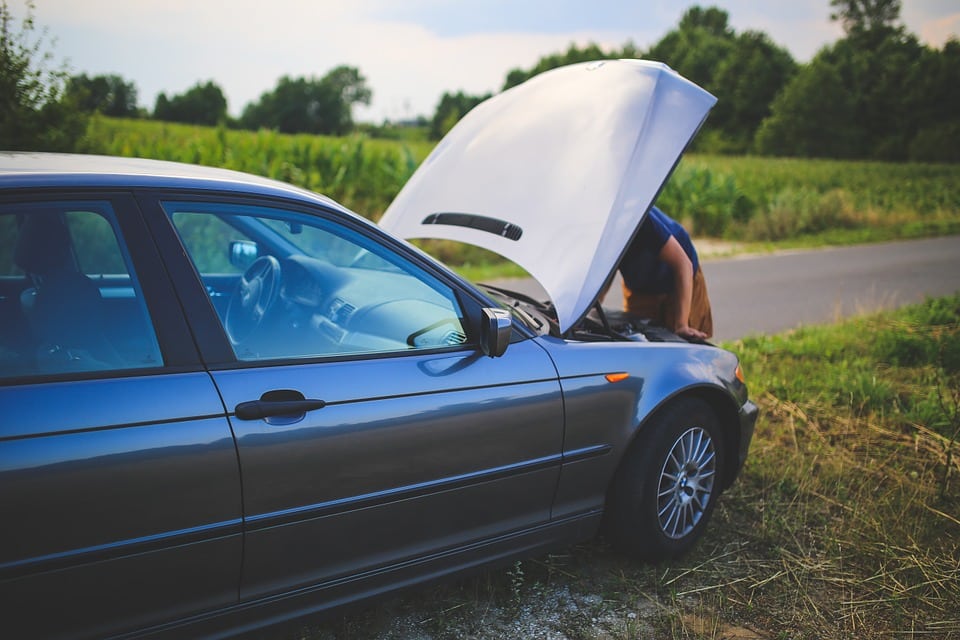New research from the Insurance Institute for Highway Safety has found that drivers fiddling with their cellphones has risen by 57 percent from the time of the last survey done. Using the same metrics as a survey done in 2014, the IIHS team found that in 2018, drivers were far more likely to be using their handheld cell phones than they were in 2014. The percentage of drivers using cell phones in their cars went up from 2.3 percent in 2014 to 3.4 percent in 2018. The IIHS says that cell phone use contributes to over 800 vehicular deaths of the 37,000 that die annually.
The roadside survey involved IIHS surveyors watching traffic at various roadways, intersections, and roundabouts in northern Virginia. The roadside survey coincides with other research that closely parallels the IIHS results, showing that while talking on a handheld phone has dropped over the past few years, manipulating the phone for other uses is fast on the rise.
Procedures for the 2018 update followed those used in 2014. IIHS stationed observers at 12 locations across four Northern Virginia communities, on straight stretches of roads, at signalized intersections and at roundabouts in March 2018. Observers noted nearly 12,000 drivers in the 2018 survey and more than 14,000 drivers in 2014 during the morning, afternoon or early evening on weekdays. Researchers noted if drivers were engaging in one or more of 12 visible secondary behaviors while moving or stopped at red lights.
About 23% of drivers were engaged in one or more distracting activities:
- Talking on hand-held cellphone
- Manipulating hand-held cellphone (excludes looking at phone in mount)
- Simply holding hand-held cellphone (i.e. not obviously manipulating or talking)
- Wearing Bluetooth earpiece or headset with mic
- Wearing headphones or ear buds
- Manipulating in-vehicle system (touching radio, climate control, touchscreen display or other controls; excludes operating stalks or buttons on steering wheel)
- Manipulating or holding mobile electronic device other than cellphone
- Talking or singing
- Eating or drinking
- Smoking
- Grooming
- Other (reaching for object, reading print material, adjusting sun visor, putting on glasses, holding another object)
About 14% of drivers were engaged in non-phone-related secondary behaviors in 2014 and 2018, which exceeded the proportion of drivers seen using phones in both years. Relative to 2014, drivers were more likely to be observed manipulating an in-vehicle system, grooming themselves, or manipulating or holding an electronic device other than a phone after researchers adjusted for community, perceived driver gender and age, time of day and roadway situation.
The full research can be found here.






